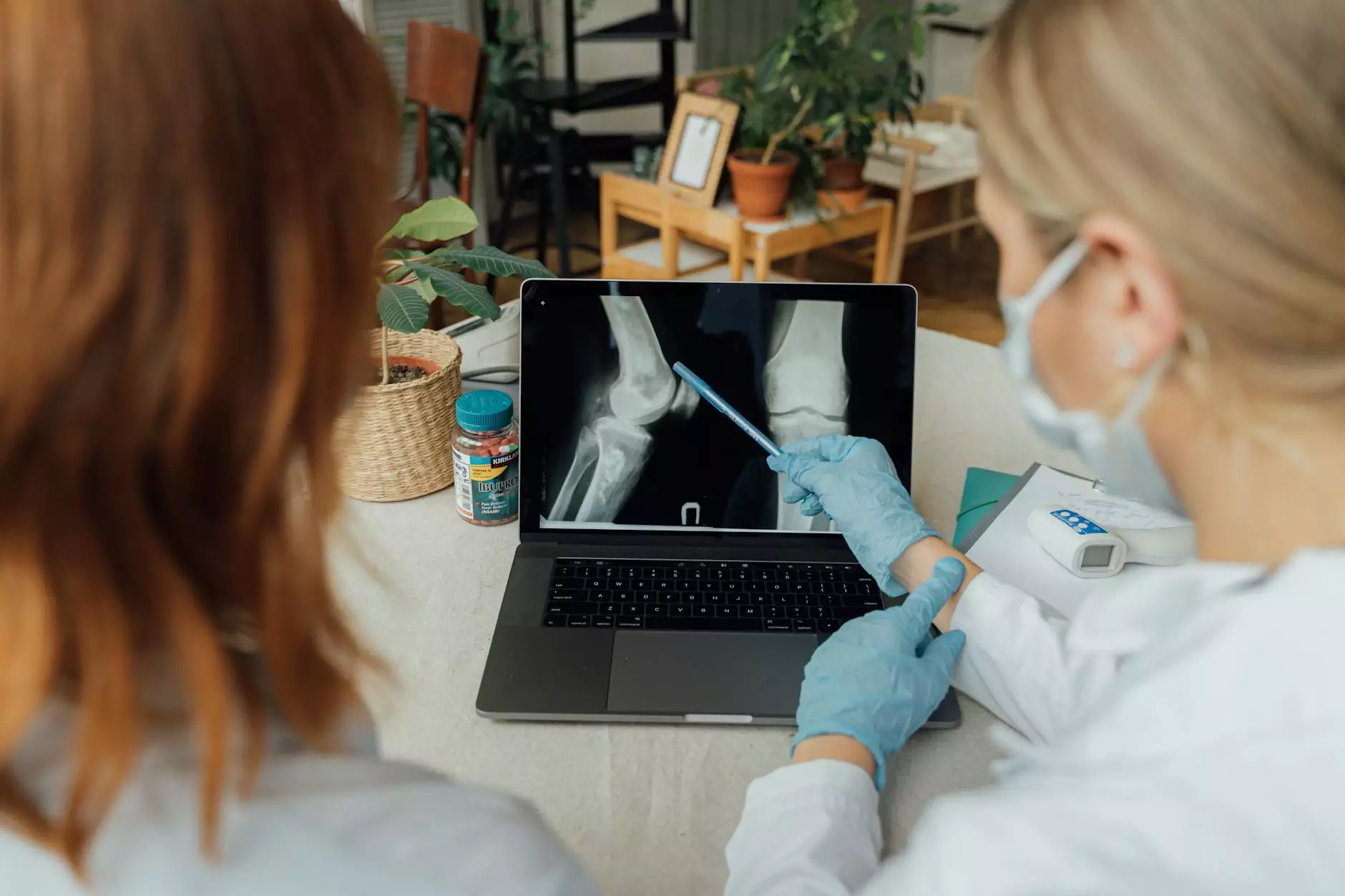Understanding DVT Leg: Causes, Symptoms, and Treatments

Deep vein thrombosis (DVT leg) is a serious medical condition involving the formation of a blood clot within a deep vein, most commonly in the legs. If left untreated, it can lead to serious complications, including pulmonary embolism, where a clot can travel to the lungs. This comprehensive guide aims to provide an in-depth understanding of DVT leg, its symptoms, causes, prevention, and treatment options, all essential for maintaining vascular health.
What is Deep Vein Thrombosis (DVT)?
Deep vein thrombosis is a condition characterized by the formation of a thrombus (blood clot) in the deeper veins of the body, often occurring in the legs. Various factors can contribute to the development of DVT leg, including prolonged immobility, surgery, certain medical conditions, and lifestyle choices.
Causes of DVT Leg
Understanding the causes of DVT leg can aid in prevention and prompt treatment. The following factors are known to contribute to the risk of developing DVT:
- Prolonged Immobility: Long periods of inactivity, such as during long-haul flights or bed rest after surgery, can impede blood flow and increase clot formation.
- Injury or Surgery: Trauma or surgical procedures, especially those affecting the legs, can damage veins and promote clotting.
- Medical Conditions: Conditions such as cancer, heart disease, and inflammatory bowel disease can elevate the risk of DVT.
- Hormone Therapy or Birth Control: Certain hormones can increase blood clot risk, particularly in women who smoke or are over 35.
- Genetic Factors: A family history of blood clots can predispose individuals to DVT leg due to inherited clotting disorders.
- Obesity: Excess weight can put increased pressure on the veins in the legs, potentially leading to DVT.
Symptoms of DVT Leg
Recognizing the symptoms of DVT leg is crucial for timely medical intervention. Common symptoms include:
- Swelling: Typically in one leg, sudden swelling may occur due to fluid accumulation caused by the blood clot.
- Pain: Often described as a cramp or soreness, the pain may begin in the calf or thigh and can be exacerbated when standing or walking.
- Red or Discolored Skin: The area over the clot may become red or have a bluish tint.
- A Warm Sensation: The skin around the affected area may feel warm to the touch, indicating inflammation.
Diagnosis of DVT Leg
Diagnosis of DVT typically involves a combination of medical history evaluation, physical examination, and diagnostic tests such as:
- Doppler Ultrasound: This non-invasive test uses sound waves to visualize blood flow in the veins.
- D-dimer Test: A blood test that measures the presence of a substance released when a blood clot breaks up. Elevated levels may suggest DVT.
- Venography: Though less commonly used, this imaging technique involves injecting a contrast dye into a vein to visualize clots on X-rays.
Complications of DVT Leg
If not treated promptly, DVT leg can lead to severe complications, including:
- Pulmonary Embolism: A life-threatening condition where a clot breaks loose and travels to the lungs, blocking blood flow.
- Post-thrombotic Syndrome: A chronic condition that can occur after DVT, leading to long-term pain, swelling, and skin changes in the affected leg.
Prevention of DVT Leg
Preventing DVT leg is essential, particularly for those at high risk. Effective strategies include:
- Stay Active: Regular physical activity promotes blood circulation and reduces the risk of clot formation.
- Hydration: Adequate fluid intake is crucial, especially during long flights or periods of immobility.
- Elevate Legs: When sitting or lying down, elevate the legs to encourage proper blood flow.
- Compression Stockings: Graduated compression stockings can improve venous circulation and reduce swelling.
- Avoiding Smoking: Quitting smoking lowers the risk of clotting and improves overall vascular health.
Treatment Options for DVT Leg
Effective treatment for DVT leg is crucial to prevent complications. Common treatment options include:
- Anticoagulants: Medications that thin the blood, such as warfarin or heparin, are commonly prescribed to prevent further clotting.
- Thrombolytics: In severe cases, clot-dissolving medications may be administered to rapidly break down large clots.
- Compression Therapy: The use of compression stockings can aid in improving blood flow and reducing swelling.
- Inferior Vena Cava Filter: In some cases, a filter may be placed in the inferior vena cava to prevent clots from reaching the lungs.
Living with DVT Leg
Receiving a diagnosis of DVT leg can be overwhelming, but with appropriate management, individuals can lead healthy lives. It is essential to follow healthcare provider recommendations, maintain regular check-ups, and be aware of any changes in symptoms.
Conclusion
Deep vein thrombosis, specifically concerning the dvt leg, is a serious condition that requires awareness and proactive management. Understanding its causes, recognizing symptoms early, and adhering to recommended preventive measures can significantly improve outcomes and reduce the risk of complications. For expert care in managing DVT and other vascular conditions, visit Truffles Vein Specialists.









